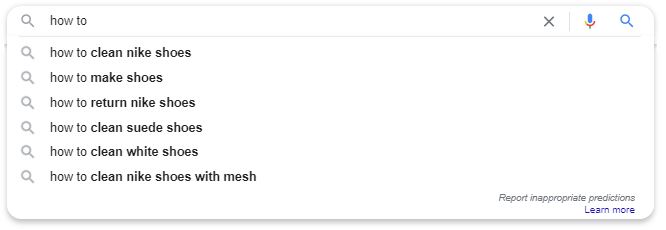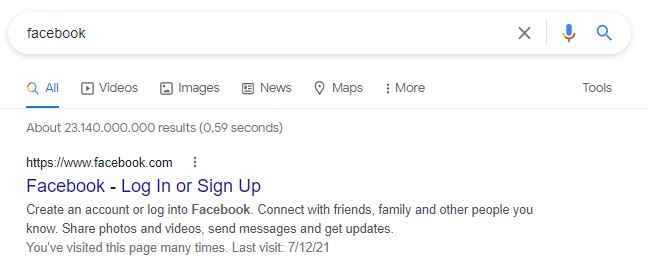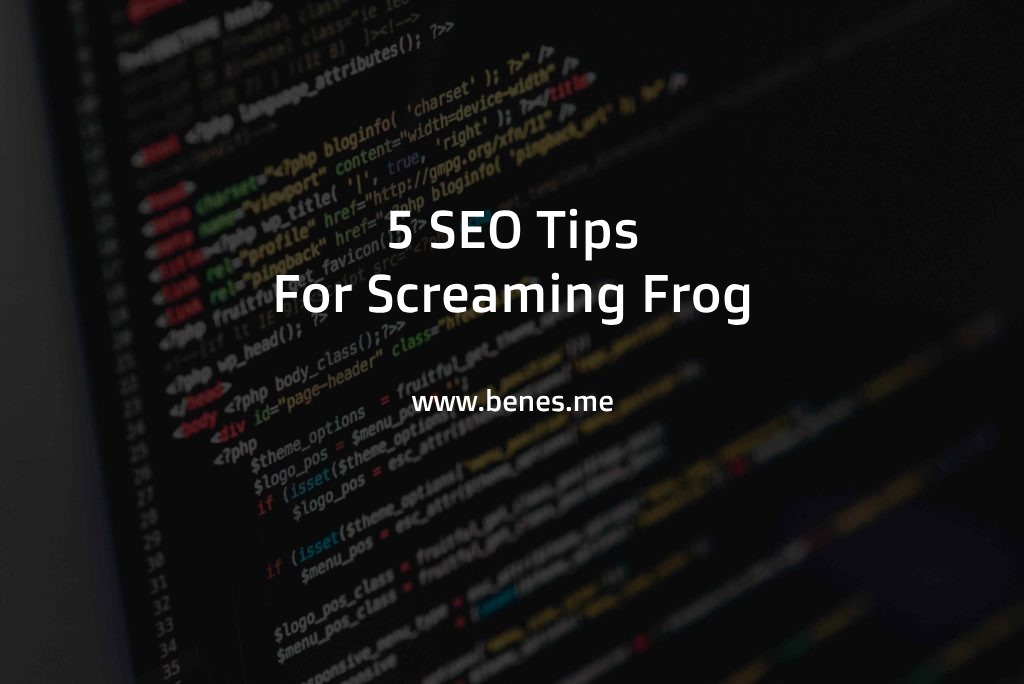Besides SEO auditing, keyword analysis is the second basic groundwork necessary for a data driven search engine optimization. Based on the keyword research, it is possible to identify all relevant queries that a user might type into Google while looking for a specific service or a product.
Four stages of the keyword research process
In general, keyword research can be divided into four basic phases – collecting ideas, cleaning the data, categorizing keywords and prioritizing actions based on keyword relevance, search volume, and ranking potential – usual outputs provided by specialized SEO tools.

1) Collecting relevant keyword ideas
Keyword research usually begins with a semi-automated collection of relevant keywords. The most useful approach is noting all keyword ideas, including questions, mistypes, plural and singular forms, synonyms etc., since all the data will be cleaned in the next step. In this stage, the following tools can be utilized:
Screaming Frog – With the help of the crawler tool, you can identify keywords that are already covered by the site, since the output contains all the meta titles of the whole site. This approach can also be used for keyword extraction from a competitor’s website in order to get the seed terms.
Specialized SEO tools – With tools like SEMrush or Ahrefs, you can find important information, such as the search volume, ranking potential, keyword seasonality, content gap report and related queries. All this data will be useful later on in the prioritisation stage, so that we dont optimize for terms that no one is searching for.
Other data sources – Other sources of relevant keyword idea might also include your own industry knowledge, related searches in SERP, “people also search” section, PPC campaigns or an internal search box directly on the web.

Before conducting the keyword research, it is recommended to clean the cookies or use the anonymous window in order to limit the impact of search history (in this case, “nike shoes”) on the output.
2) Cleaning the data
After the initial data collection, there will be many irrelevant phrases that might need to be removed from the list, e.g. mistypes (T-shirt vs. Tshirt), singulars or plurals (T-shirt vs. T-shirts) or slightly different wording with the same user intent (men’s t-shirts vs. men t-shirt). At this point, Excel or OpenRefine might be the best tools to use in order to quickly and efficiently clean the data.
It’s also a good idea to delete keywords with little or no search volume in order to avoid dedicating resources to optimizing for topics that no one is searching for.
3) Tagging and categorization
After cleaning and removing irrelevant or duplicate keywords, the next step is to add tags to each query that will be the base for a well arranged pivot table providing a clear idea about prioritisation.
How many and which tag dimensions to add will always depend on the industry and topicality of the website. For example, a fashion brand will surely want to add colour (“red shirt”), size (pants 36) or brand (nike shoes), whereas restaurants will go for location (pub berlin) or cousine (chinese restaurant). Nevertheless, there is one dimension that will be useful throughout the industries.
Transactional – These types of queries are usually related to a specific product or service and the users know what they are looking for. More importantly, that also indicates that they are ready to make an action (e.g. purchase, or other parts of the sales funnel). For example a user searching for “red t-shirt men 36” is probably holding a credit card and is ready to pay.
Informational – These are queries related to a specific information, more increasingly without the need of clicking away from the search engine (e.g. weather information is displayed in the SERP). On the other hand, these can also be queries like “how to choose the right size” which are a great idea for a blog post.
Navigational – The goal of these queries is mainly to get to one specific site. A user looking for “zalando t-shirts” is probably not interested in shopping with a competitor, even if they appear higher in the search. These keywords can usually be left out immediately.

4) Prioritization of tagged keywords
Prioritizing the keyword set is directly based on the tagging and the metrics mentioned above (search volume, topical relevance, click potential etc.). The goal of this phase is to find out what keywords can bring the best results while keeping the long term approach in mind.
It might be a good idea to prioritise the list based on the following metrics:
- Aggregate search of individual dimensions – The greater the search, the greater the potential for traffic
- Current position on the keyword – It does not always make sense to try to get the website to the first place, for example, for branded terms such as “phone samsung”, when the manufacturer’s pages (and social network profiles) will almost always be displayed first.
- Relevance to the business – Keywords directly related to the business core products or services should be targeted first, since these will be the main source of the monetisation of organic search. Most business relevant keywords usually belong to the transitional type.
What to do after finalizing the keyword research
Having the prioritizations ready from the last phase of the analysis, it is finally possible to start with the actual SEO work. Now we have the information about:
- Keywords without a dedicated landing page
- Keywords having a dedicated landing page but not ranking yet (or even being indexed)
- Keywords with the highest click potential between 1st and current position
- Keywords that can be left out for now due to high competition or low click potential
Based on this, it is recommended not only to continuously add new (missing) content to the website, but also to optimize the current pages which are not covering dedicated queries yet. It is also important to keep in mind that every page should be answering a specific user intent (with as many keywords as needed) rather than optimizing the pages for a specific single keyword.

